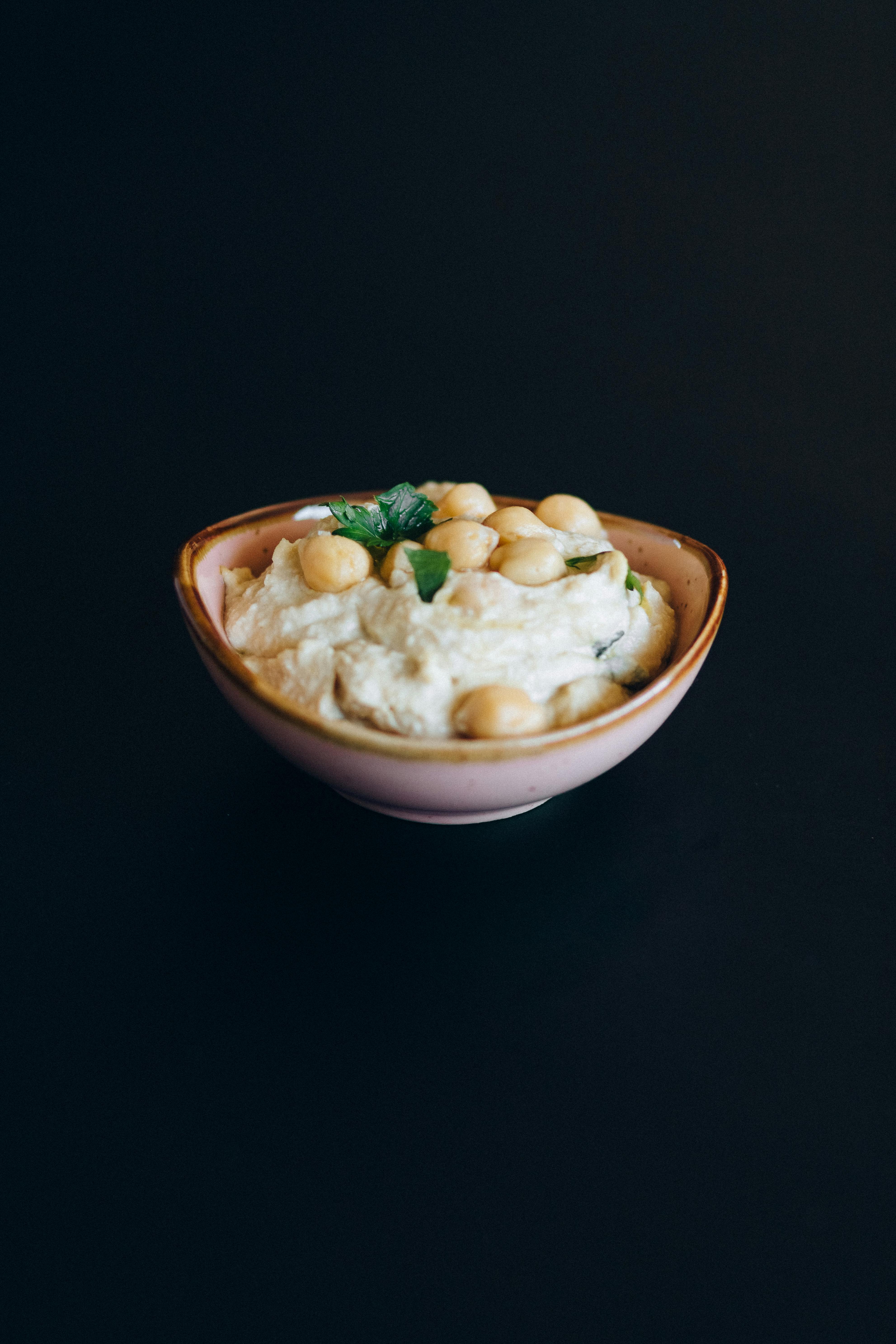Apply Now
Best 5 Options for Understanding Beans in 2025
Exploring Beans: A Nutritional Perspective
Understanding the classification of beans is crucial as they are often misunderstood and misclassified. Commonly, people ask, "Are beans vegetables?" The answer lies in the fact that beans are actually legumes, which are categorized differently than vegetables. This classification stems from their botanical characteristics. Legumes, including beans, grow in pods and are rich in nutrients, providing an array of health benefits, including a significant source of protein and fiber.
In nutrition, beans are recognized as a superfood—high in protein and fiber while low in fat. Nutritional benefits of beans include essential vitamins and minerals that contribute to heart health, weight loss, and managing cholesterol levels. This makes beans a staple in many diets, particularly vegetarian and plant-based options, where they serve as a key protein source. As we move further into 2025, embracing beans in everyday meals can lead to healthier eating habits.
With this foundational understanding, we delve into various bean types and their unique health benefits.
Diverse Bean Types and Their Benefits
Beans come in various shapes, sizes, and colors, each with distinct taste profiles and nutritional value. Popular bean types like black beans, kidney beans, navy beans, and pinto beans offer unique cuisine possibilities. Each variety brings its own combinations of fiber, protein, and antioxidants, making them ideal for a balanced diet.
For example, black beans are notorious for their high antioxidant properties, which can help reduce inflammation. Contrast this with kidney beans, which are packed with both fiber and protein, making them excellent for weight loss diets. Understanding bean textures and flavors is vital when cooking with beans; these factors influence how they blend with other ingredients in dishes such as beans vegetable soup or robust bean salads.
Incorporating diverse beans into meals can enhance both the nutritional value and the culinary experience. Now, let’s explore beans in cuisine and their impact on health.
Beans in Cooking: Versatility and Practical Tips
Cooking beans effectively can elevate any dish, from hearty stews to fresh salads. As you experiment with beans in your culinary adventures, it’s important to know the difference between dried and canned beans. Dried beans usually require soaking and longer cooking times but can be more economical and flavorful. Canned beans, on the other hand, offer convenience with less preparation time but should be rinsed to reduce sodium content.
When planning meals, consider these beans cooking tips: always season while cooking for rich flavor, and pair beans with grains or vegetables for a complete protein. Bean recipes like chili or stir-fries are simple ways to include beans in your diet. Experimenting with unique bean dishes can introduce new flavors to your kitchen.
The health benefits of beans are not just limited to their protein content; they also offer fiber that promotes gut health. Building on this, let’s look at beans and their role in specific diets.
Beans in Special Diets: Vegetarian and Beyond
In vegetarian diets, beans provide essential amino acids necessary for body function, making them an important plant-based protein source. Their versatility allows them to be featured in various meals, from bean dips to main courses like chili. Moreover, beans fit seamlessly into vegan diets, enhancing the nutritional profile of meals without animal products.
Health effects of beans extend beyond their protein content. They have been linked to reduced risk factors for heart disease and diabetes. Studies indicate that individuals incorporating beans into their diets experience better blood sugar control and improved heart health due to beans' low glycemic index and high antioxidant properties.
Understanding the nutritional implications of beans can help those aiming for a balanced diet that supports overall wellness. With these insights, we proceed to address common misconceptions regarding beans and vegetables.
Debunking Myths: Beans vs. Vegetables
A common myth is that all beans are vegetables; however, this is not true. Beans fall under the legume category, while vegetables cover a broad range of plants primarily classified by their edible parts. This distinction is important when considering dietary guidelines and the role of each in nutrition.
The health benefits of beans include high fiber content, which aids digestion and contributes to feelings of fullness, making them suitable for weight loss plans. On the contrary, some might argue beans are not as nutrient-rich as vegetables, but studies show that, in terms of protein and fiber, beans surpass many vegetables significantly, offering an excellent source of sustenance.
Examining beans in context can elevate their perception as a valuable food group. As we transition to our Q&A section, let’s highlight some common inquiries related to beans.
Q&A: Your Questions About Beans Answered
1. **Are beans a good source of protein?**
- Yes, beans are an excellent plant-based protein source, especially for vegetarian diets.
2. **How do beans contribute to heart health?**
- Beans improve heart health by lowering cholesterol levels due to their soluble fiber content.
3. **What are some easy ways to incorporate beans into meals?**
- Consider bean salads, soups, and using beans as a meat substitute in tacos or stir-fries.
4. **Can beans help with weight loss?**
- Yes, the high fiber content in beans keeps you full, making them an ideal food for weight management.
5. **How should I store dried beans?**
- Store dried beans in a cool, dry place in an airtight container to maintain freshness.
By understanding beans in their holistic context, we can fully appreciate their role in nutrition and their potential impact on global food systems. Moving forward, we will touch upon the significance of beans within sustainable diets and their global influence.




